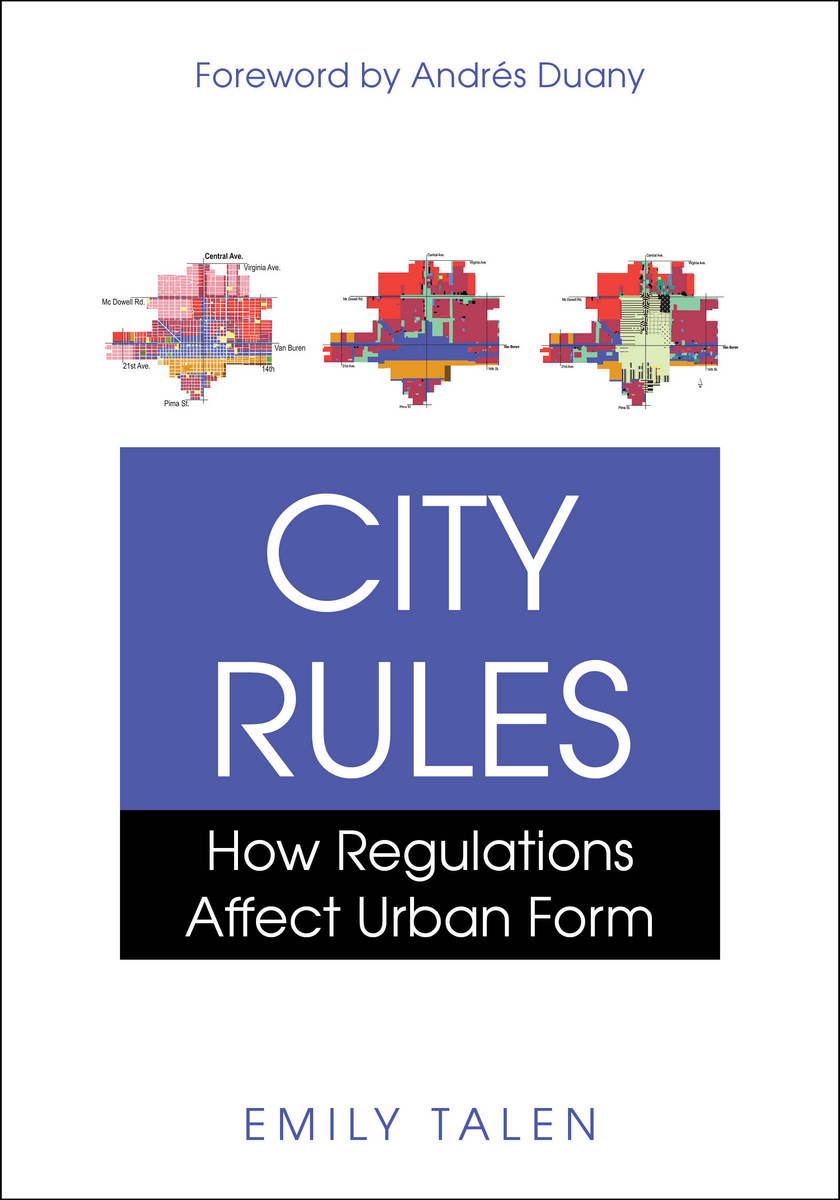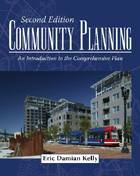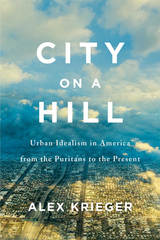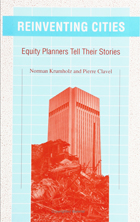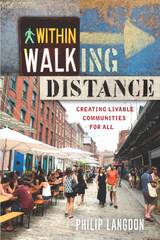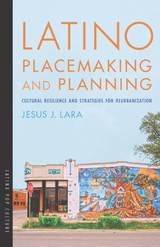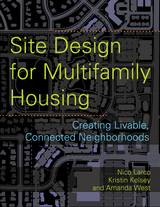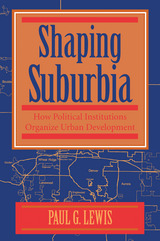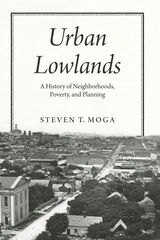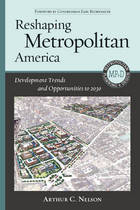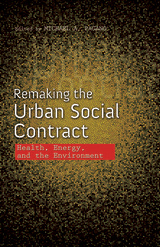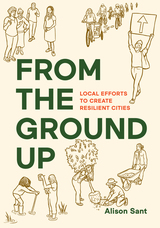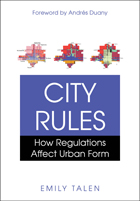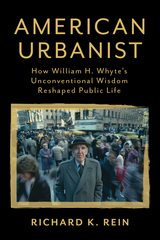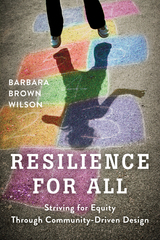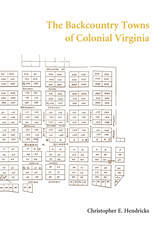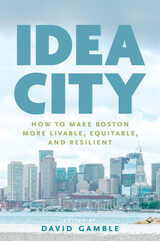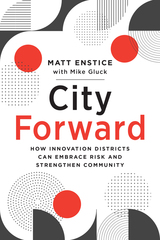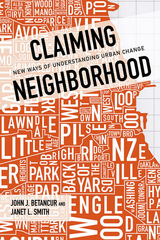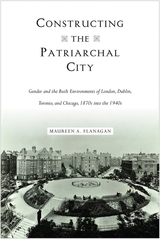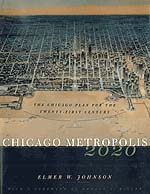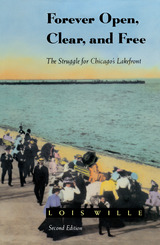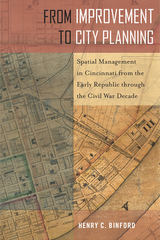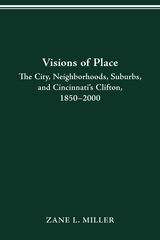City Rules: How Regulations Affect Urban Form
Island Press, 2011
Paper: 978-1-59726-692-5 | Cloth: 978-1-59726-691-8 | eISBN: 978-1-61091-176-4
Library of Congress Classification HT167.T34 2011
Dewey Decimal Classification 307.12160973
Paper: 978-1-59726-692-5 | Cloth: 978-1-59726-691-8 | eISBN: 978-1-61091-176-4
Library of Congress Classification HT167.T34 2011
Dewey Decimal Classification 307.12160973
ABOUT THIS BOOK | AUTHOR BIOGRAPHY | REVIEWS | TOC | REQUEST ACCESSIBLE FILE
ABOUT THIS BOOK
City Rules offers a challenge to students and professionals in urban planning, design, and policy to change the rules of city-building, using regulations to reinvigorate, rather than stifle, our communities. Emily Talen demonstrates that regulations are a primary detriment to the creation of a desirable urban form. While many contemporary codes encourage sprawl and even urban blight, that hasn't always been the case-and it shouldn't be in the future.
Talen provides a visually rich history, showing how certain eras used rules to produce beautiful, walkable, and sustainable communities, while others created just the opposite. She makes complex regulations understandable, demystifying city rules like zoning and illustrating how written codes translate into real-world consequences. Most importantly, Talen proposes changes to these rules that will actually enhance communities' freedom to develop unique spaces.
Talen provides a visually rich history, showing how certain eras used rules to produce beautiful, walkable, and sustainable communities, while others created just the opposite. She makes complex regulations understandable, demystifying city rules like zoning and illustrating how written codes translate into real-world consequences. Most importantly, Talen proposes changes to these rules that will actually enhance communities' freedom to develop unique spaces.
See other books on: City planning | City planning and redevelopment law | Sustainability & Green Design | Urban & Land Use Planning | Zoning law
See other titles from Island Press
